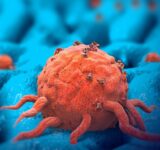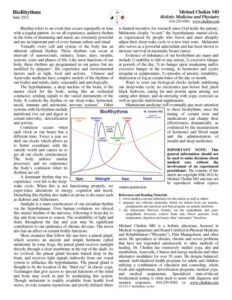Dental Pain
IMPORTANT NOTICE
This information is for educational purposes only, to facilitate quality conversations between patients and their personal physician(s). Several essential considerations are required to safely administer any protocol for an individual. This information is NOT intended to diagnose, treat or encourage self-treatment of any medical condition.
Dental pain can affect any of the structures of the mouth, including the teeth, gums, tongue, lymph nodes, salivary glands, cheeks, tonsils and their blood and nerve supplies.
Dental pain can overlap with sinus pain. Both are usually involved when the upper jaw is involved.
Focusing on one region or organism is inherently fallicious, since there are many co-factors that determine the health of the mouth and its region.
Regarding the biome of the mouth, sinuses and skull, there is growing evidence of co-existing fungi (such as Candida), viruses (such as Herpes), bacteria and other poorly characterized infectious agents that contribute via signaling, synbiotic and parasitic processes.
The majority of sensation from the teeth, jaw and sinuses travel along one main nerve, the Trigeminal nerve, which has several major and minor branches. The only other sensory nerves are those to the tongue, and indirectly via certain sympathetic and parasympathetic nerves. While a certain degree of localization is possible…,
This page is under development. Working links will provide starting information. Please let us know about your interest in this page by emailing us here, and check back soon.





















